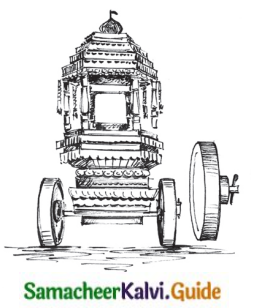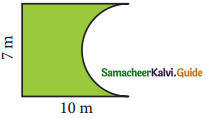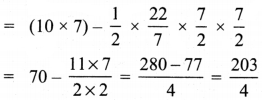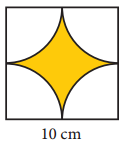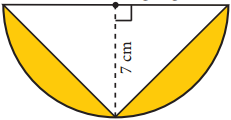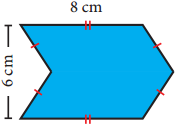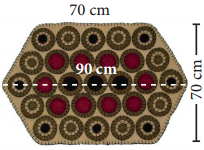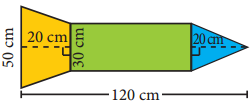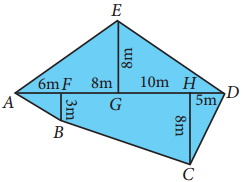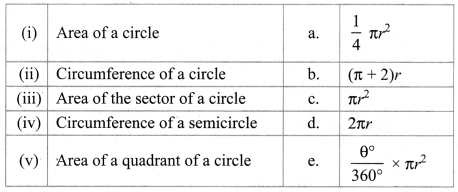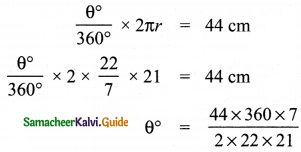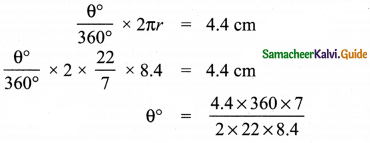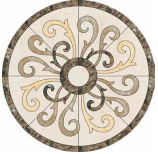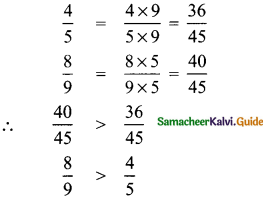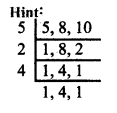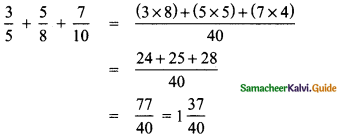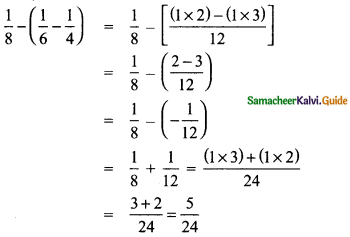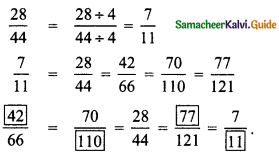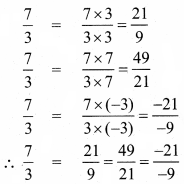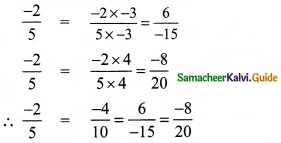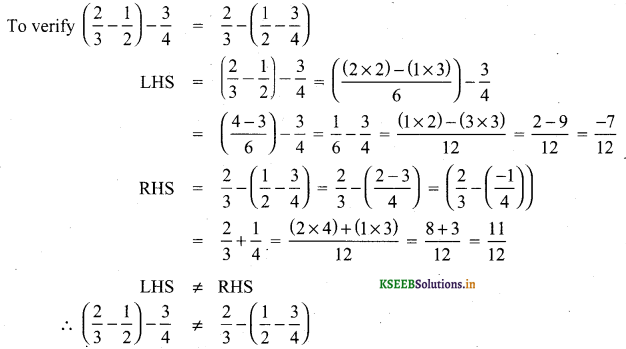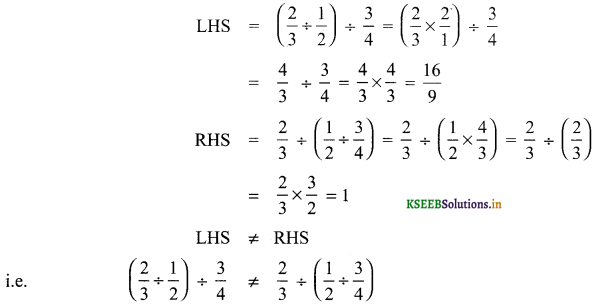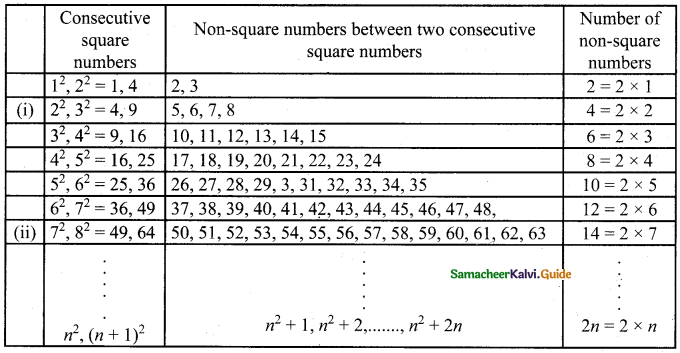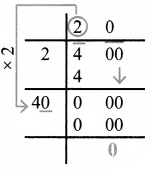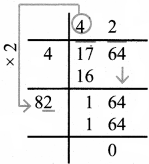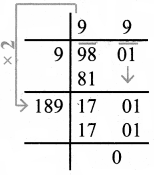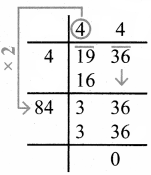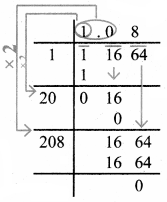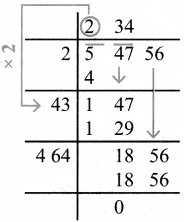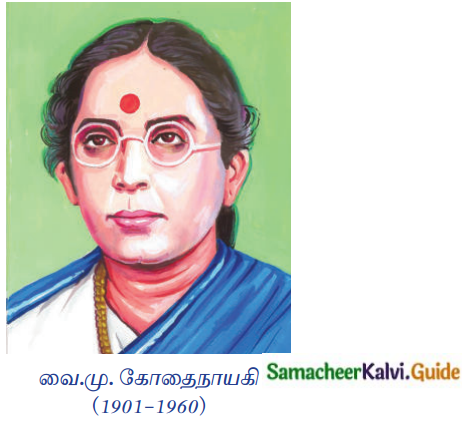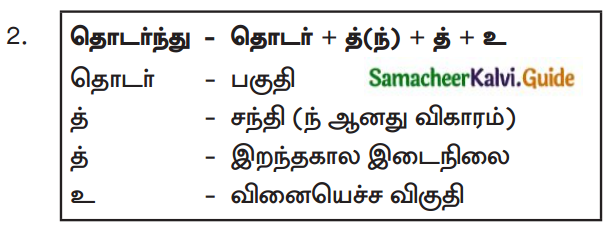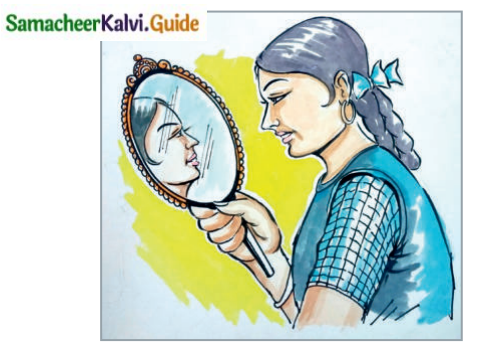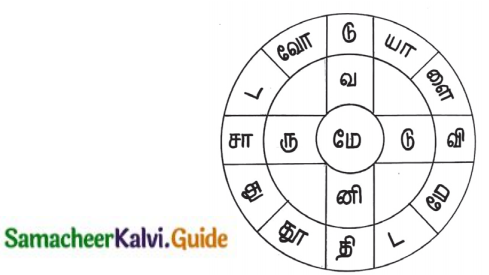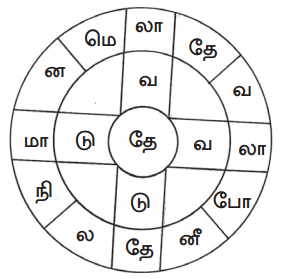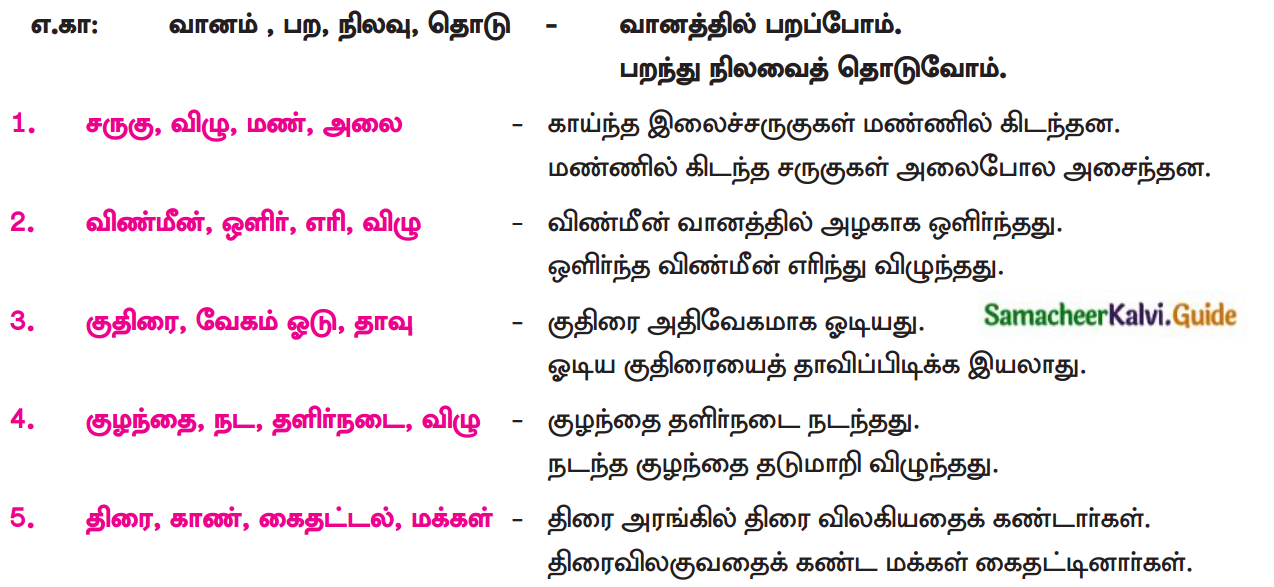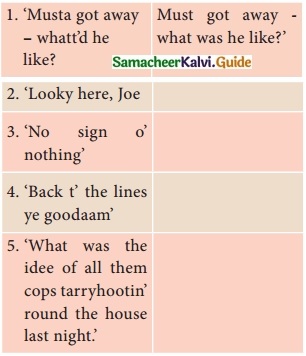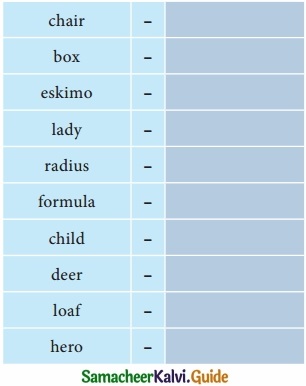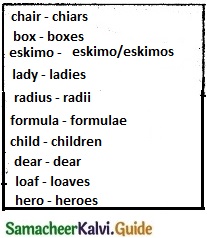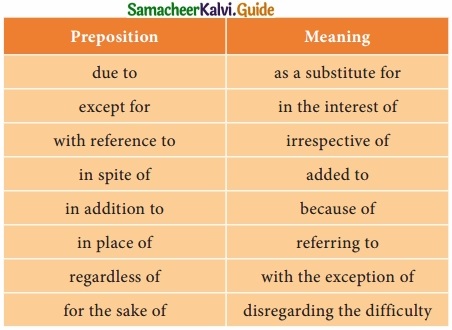Tamilnadu State Board New Syllabus Samacheer Kalvi 12th Tamil Guide Pdf Chapter 7.3 தேயிலைத் தோட்டப் பாட்டு Questions and Answers, Summary, Notes.
Tamilnadu Samacheer Kalvi 12th Tamil Solutions Chapter 7.3 தேயிலைத் தோட்டப் பாட்டு
கற்பவை கற்றபின்
![]()
Question 1.
உங்கள் பகுதியில் உள்ள வாய்மொழி இலக்கியங்களைத் தொகுத்து, சிறப்பு மலர் உருவாக்குக.
Answer:
தாலாட்டு பாட்டு :
மாமன் அடிச்சானோ மல்லிகப்பூச் செண்டால
மன்னவனே அழலாமோ தேம்பித்தேம்பி அழலாமோ
ஆராரோ ஆராரோ…..
அம்மா அடிச்சாளோ அல்லிப்பூ செண்டால
ஆனந்த பொன்மணியே தேம்பித் தேம்பி அழலாமோ
பாட்டி அடிச்சாளோ பாலூட்டும் சங்கால
பாராளும் மன்னவனே தேம்பித் தேம்பி அழலாமோ
அத்தை அடித்தாளோ அரளிப்பூ செண்டால
ஆடி வரும் மயிலழகே தேம்பித் தேம்பி அழலாமோ
ஆராரோ ஆராரோ
நீ அழுத கண்ணீரு நெல்லுக்கும் இஞ்சிக்கும்
நீராய்ப்பாயுதடா
ஆராரோ ஆராரோ.
ஏற்றப்பாட்டு :
மழையை நம்பி ஏலேலோ மண்
இருக்க ஐலசா
மண்ணை நம்பி ஏலேலோ
மரம் இருக்க ஐலசா
மரத்தை நம்பி ஏலேலோ
கிளை இருக்க ஐலசா
கிளையை நம்பி ஏலேலோ
இலை இருக்க ஐலசா
இலையை நம்பி ஏலேலோ
பூவிருக்க ஐலசா
பூவைநம்பி ஏலேலோ
பிஞ்சிருக்க ஐலசா
பிஞ்சை நம்பி ஏலேலோ
![]()
காயிருக்க ஐலசா
காயை நம்பி ஏலேலோ
பழம் இருக்க ஐலசா
பழ்தை நம்பி ஏலேலோ
மகன் இருக்க ஐலசா
மகனை நம்பி ஏலேலோ
நீ இருக்க ஐலசா
உன்னை நம்பி ஏலேலோ
நான் இருக்க ஐலசா
என்னை நம்பி ஏலேலோ
எமன் இருக்க ஐலசா
எமனை நம்பி ஏலேலோ
காடிருக்க ஐலசா
காட்டை நம்பி ஏலேலோ
புல்லிருக்க ஐலசா.
ஒப்பாரிப் பாட்டு :
ஆலமரபோல அன்னாந்து நிப்பேனு
நான் ஒய்யாரமா வந்தேனே
இப்ப நீ பட்ட மரம்போல
பட்டு போயிட்டியே.
பொட்டு இல்ல பூவில்லை
பூச மஞ்சலும் இல்ல
நான் கட்டன ராசாவே
என்ன விட்டுத்தான் போனிங்க
பட்டு இல்லை தங்கம் இல்லை
பரிமார பந்தல் இல்ல
படையெடுத்து வந்த ராசா
பாதியில் போரிங்கலே
நான் முன்னே போரேன்
நீங்க பின்னே வாருங்கோ
எனச் சொல்லிட்டு
இடம் பிடிக்கப் போயிதிங்களா
![]()
நான் காக்காவாட்டும் கத்தரனே,
உங்க காதுக்குக் கேக்கலையா
கொண்டு வந்த ராசாவே
உங்களுக்குக் காதும் கேக்கலையா.
பாடநூல் வினாக்கள்
பலவுள் தெரிக
Question 1.
முச்சந்தி இலக்கியம் என்பது
கூற்று 1: கதை வடிவிலான வடிவம் உடையது
கூற்று 2: பெரிய எழுத்துப் புத்தகம் என்று அழைக்கப்படுவது
அ) கூற்று 1 சரி கூற்று 2 தவறு
ஆ) கூற்று 1, 2 சரி
இ) கூற்று 1, 2 தவறு
ஈ) கூற்று 1 தவறு கூற்று 2 சரி
Answer:
ஆ) கூற்று 1, 2 சரி
Question 2.
உண்டு பிறந்து வளர்ந்த இடந்தனில் – இத்தொடரில் பெயரெச்சம்
அ) உண்டு
ஆ) பிறந்து
இ) வளர்ந்த
ஈ) இடந்தனில்
Answer:
இ) வளர்ந்த
![]()
குறுவினா
Question 1.
எந்தவொரு பொருளைப் பயன்படுத்தும்போதும் அதற்குப் பின்னால் உள்ள மனிதர்களின் உழைப்பை நாம் சிந்திப்பதில்லை. ஒரு தேநீரைப் பருகும்போது அதற்குப் பின்னால் உள்ள மனித உழைப்பைச் சிந்தித்து உங்கள் கருத்தை எழுதுக.
Answer:
- நாம் உழைக்கின்றபோது உழைப்பின் சுவையை ‘நா’ அறியாது.
- ஆனால் தேநீரைப் பருகும்போது அதன் சுவையை ‘நா’ உணர்வது மட்டுமல்லாமல் உடல் புத்துணஒர்ச்சி பெற்று நம்மனதை சிந்திக்கத் தூண்டுகிறது.
- அதாவது நம் தாய் நமக்கு முன்னர் காலையில் எழுந்து தேநீருக்குத் தேவையானவற்றைத் தயார் செய்து கொடுக்கும் தாயாரின் உழைப்பை நாம் சிந்திக்கிறோம்.
நெடுவினா
Question 1.
எளிய மக்களின் வலிகளை நாட்டுப்புற இலக்கிய வடிவங்களே முழுமையாகப் பிரதிபலிக்கின்றன – நிறுவுக.
Answer:
முன்னுரை:
நாட்டுப்புற இலக்கிய வடிவங்கள் கதைப் பாடல்கள் வாயிலாக விளிம்புநிலை மக்களின் வாழ்வில் ஏற்படும் நிகழ்வுகளை எதார்த்தமாக வடிக்கின்றனர். அந்த வகையில் தேயிலைத் தோட்டப் பாட்டு’ என்ற பாடல்களின் பாயிலாக மக்களின் வலிகளை இங்குப் பதிவு செய்யப்படுகிறது.
![]()
துயரங்கள்:
- விளிம்புநிலை மக்களின் வாழ்வு துயரம் தோய்ந்தது.
- அவர்களின் விம்மி விம்மி அழுதக் குரலைக் காற்று கேட்டிருக்கலாம்.
- அவை வெகுசனங்களிடையே நாட்டுப்புற இலக்கிய வடிவில் கும்மிப்பாடலாக அவர்களின் துயரம் போக்கின. அப்பாடல்களுள் தேயிலைத் தோட்டப்பாட்டு வாயிலாக அறியலாம்.
- பழங்காலத்தில் நம் தேசத்தில் பலவிதக் கைத்தொழில்கள் சிறப்புப் பெற்று விளங்கியது.
- நாகரீகத்திலும் ராஜரீகத்திலும் நாடெங்கும் எந்நாளும் கொண்டாடினர்.
- இத்தகு சீரும் சிறப்பும் கொண்ட நம் தேசத்தில் அன்னியர்கள் புகுந்தனர்.
- நம்பண்பாட்டையும், நாகரிகத்தையும் கைத்தொழிலையும் கொஞ்சம் கொஞ்சமாகக் கொள்ளை அடித்து நம்மை அற்ப பிராணி போல் செய்தனர்.
- உண்டு பிறந்து வளர்ந்த இடங்களில் பலவேலை செய்த நாம் இன்று மனைவி குழந்தைகளோடு நாயினும் கீழாகினோம்.
கங்கானியின் செயல்:
- விளம்பர சுவரொட்டி ஒட்டி வேலைக்கு அழைத்தனர்.
- ஆலைக் கரும்பு போல நம் உழைப்பைப் பிழிந்தும் குரங்கைப் போல் நம்மை ஆட்டிப் படைத்தும் ஒன்றுக்குப் பத்தாகப் பொய் கணக்கெழுதினர்.
- தயவு ஏதுமில்லாமல் கூலித் தொழிலாளிகளைக் கப்பலில் ஏற்றி இலங்கை, அந்தமான் தீவுக்குக் கொண்டு சென்றனர்.
- உண்ண உணவுக்கும், கைப்பிடிச் செலவுக்கும் துன்பப்பட்டு மண்ணுளிப் பாம்புப் போல மனைவி மக்களோடு வாழ்ந்தனர்.
- சகோதர, சகோதரிகளே கண்காணிப்பவர் கூறும் பொய்யுரைகளை கண்டு மயங்காதீர்.
![]()
முடிவுரை:
வறுமை, பினி, ஏமாற்றம் போன்றவை எளிய மக்களின் வாழ்க்கை வழிகளை பிரதிபலிக்கின்றன. இப்படியே இவர்கள் கூலித்தொழிலாளியாய்த் தேயிலைத் தோட்டத்தில் (இந்தியர்) நாம் துன்பப்படுவதற்குக் கல்வி, ஒழுக்கம், நாகரிகம் இல்லாத குறையே. இன்றே உணருங்கள் நம் பிள்ளைகளுக்கு நல்ல கல்வியைக் கற்றுக் கொடுத்து, குறையில்லாமல் ஒற்றுமையாய் ஊரில் கட்டுப்பாட்டோடு வாழ்வோம்.
கூடுதல் வினாக்கள்
பலவுள் தெரிக
Question 1.
நம் பாடப்பகுதியின் கும்மிப்பாடல்கள் இடம்பெற்றுள்ள நூல்
அ) ‘பாரத மக்களின் பரிதாபச் சிந்து’ என்ற தேயிலைத் தோட்டப் பாட்டு
ஆ) பாரத மக்களின் விவசாய நிலைப் பாட்டு
இ) மலேசிய மண்ணில் தமிழ்க்கண்ணீர்
ஈ) பால்மரக்காட்டினிலே
Answer:
அ) ‘பாரத மக்களின் பரிதாபச் சிந்து’ என்ற தேயிலைத் தோட்டப் பாட்டு
Question 2.
ஆங்கிலேயரின் குடியேற்ற நாடுகளில் தமிழர்கள் பல்வேறு தோட்டக் கூலிகளாகப் புலம்பெயர்ந்த நூற்றாண்டு
அ) கி.பி. 18
ஆ) கி.பி. 19
இ) கி.பி. 17
ஈ) கி.பி. 16
Answer:
அ) கி.பி. 18
![]()
Question 3.
தோட்டக் கூலிகளாகத் தமிழர்களை வெள்ளையர் சேர்க்குமிடங்கள்
அ) இலங்கைத் தீவு, அந்தமான் தீவு
ஆ) மலேசியா, சிங்கப்பூர்
இ) ஆஸ்திரேலியா, இங்கிலாந்து
ஈ) அமெரிக்கா, கனடா
Answer:
அ) இலங்கைத் தீவு, அந்தமான் தீவு
Question 4.
யாருடைய பொய்யுரை கண்டு மயங்காதீர் என்று தேயிலைத் தோட்டப் பாட்டுக் கூறுகிறது?
அ) கங்காணி
ஆ) வெள்ளையர்
இ) நாட்டாமை
ஈ) இவர்களில் எவருமிலர்
Answer:
அ) கங்காணி
Question 5.
தேயிலைத் தோட்டத்தில் இந்தியர் துன்பப்படுவதற்குக் காரணம்
அ) கல்வியொழுக்கம் நாகரீகம் இல்லாமை
ஆ) வெள்ளையரின் ஏகாதிபத்திய உணர்வு
இ) கங்காணிகளின் கருணையுணர்வு
ஈ) உழைத்து வாழ வேண்டும் என்ற வேட்கை
Answer:
அ) கல்வியொழுக்கம் நாகரீகம் இல்லாமை
![]()
Question 6.
தோட்டக்கூலிகளை ஆலைக் கரும்பு போலாட்டிக் குரங்காட்டுபவர்கள்
அ) கங்காணிகள்
ஆ) நாட்டாமைகள்
இ) அரசர்கள்
ஈ) இவர்களில் எவருமிலர்
Answer:
அ) கங்காணிகள்
குறுவினா
Question 1.
தேயிலைத் தோட்டத்தில் மக்கள் துன்பப்படுவதற்கு முகம்மது இராவுத்தர் கூறும் காரணங்கள் யாவை?
Answer:
கல்வி, ஒழுக்கம், நாகரீகம், ஒற்றுமை இவை நான்கும் குறைவதால் தேயிலைத் தோட்டத்தில் துன்பப்படுவதற்கான காரணங்களாக முகம்மது இராவுத்தர் குறிப்பிடுகிறார்.
Question 2.
தமிழர்கள் கூலித்தொழிலாளிகளாக எங்கு அழைத்துச் செல்லப்பட்டனர்?
Answer:
இலங்கை மற்றும் அந்தமான் தீவு.
Question 3.
நாட்டுப்புற இலக்கியங்களின் பாடுபொருள்கள் யாவை?
Answer:
செவ்வியல் இலக்கிய மரபைப் பாடாத, சொல்லாத அல்லது புறக்கணித்த கருப்பொருள்களைப் பாடு பொருளாகக் கொண்டு பாடப்பட்டது நாட்டுப்புற இலக்கியங்கள்.
![]()
Question 4.
நாட்டுப்புற இலக்கியங்கள் எவ்வாறெல்லாம் அழைக்கப்படுகிறது?
Answer:
- வெகுசன இலக்கியம்
- தெருப் பாடல்கள்
- முச்சந்தி இலக்கியம்
- காலணா அரையணா பாட்டுப் புத்தகங்கள்
- குஜிலி நூல்கள்
- பெரிய பட்டுப்புத்தகங்கள்
Question 5.
தேயிலைத் தோட்டப்பாட்டில் காண்ப்படும் இலக்கிய வடிவங்கள் யாவை?
Answer:
மக்களின் வாழ்க்கையில் ஏற்படும் தாக்கங்களைப் பாடல்கள், கதைப்பாடல்கள் உள்ளிட்ட இலக்கிய வடிவங்களில் வெளிப்படுகின்றன.
Question 6.
நமது பாடப்பகுதியில் தேயிலைத் தோட்டப்பாட்டு எந்த நூலிருந்து எடுத்தாளப்பட்டுள்ளது?
Answer:
முகம்மது இராவுத்தர் எழுதிய கும்மி பாடல்கள் பாரத மக்களின் பரிதாபச் சிந்து’ என்ற தேயிலைத் தோட்டப்பாட்டு நூலில் இருந்து எடுத்தாளப்பட்டுள்ளது.
![]()
Question 7.
தேயிலைத் தோட்டப்பாட்டு அக்காலக்கட்டங்களில் எவ்வடிவில் வெளியாயின?
Answer:
19ஆம் நூற்றாண்டு இறுதிலும், 20ஆம் நூற்றாண்டின் தொடக்கத்திலும் சிறு சிறு நூல்களாக மெல்லிய தாளில் பெரிய எழுத்தில் வெளியாயின.
